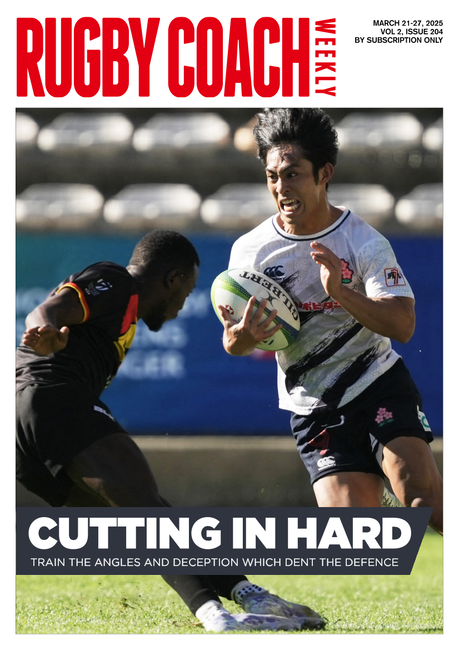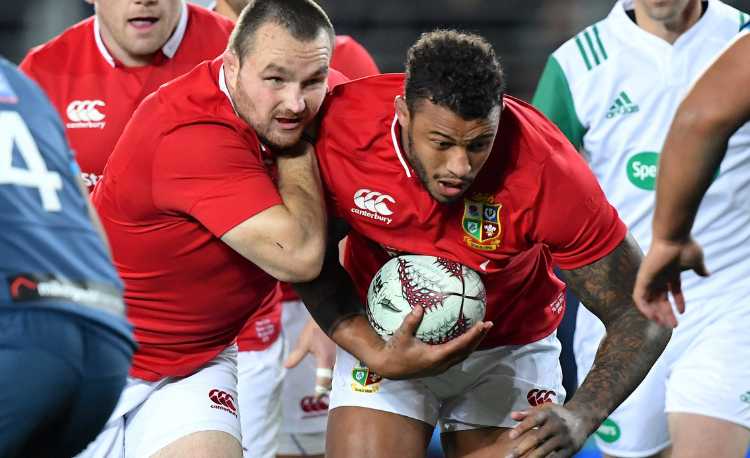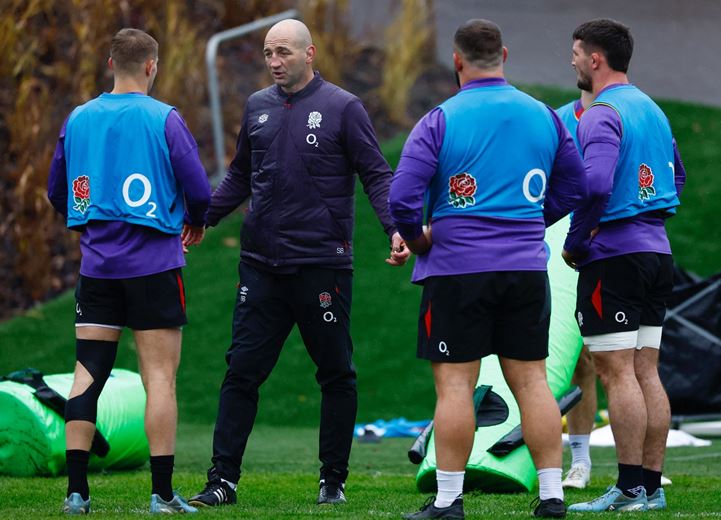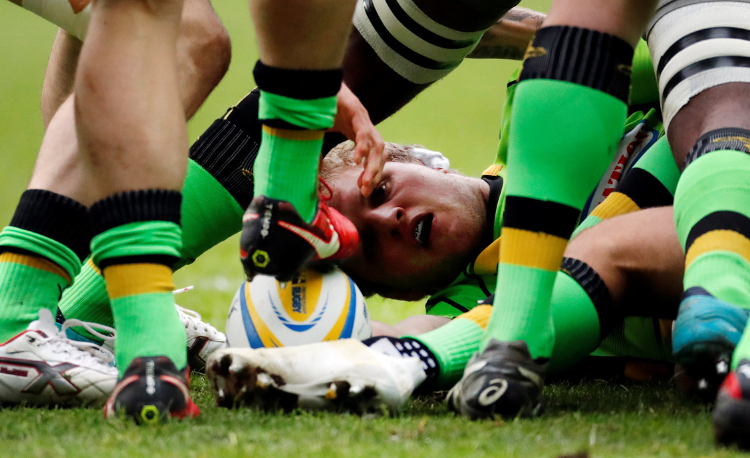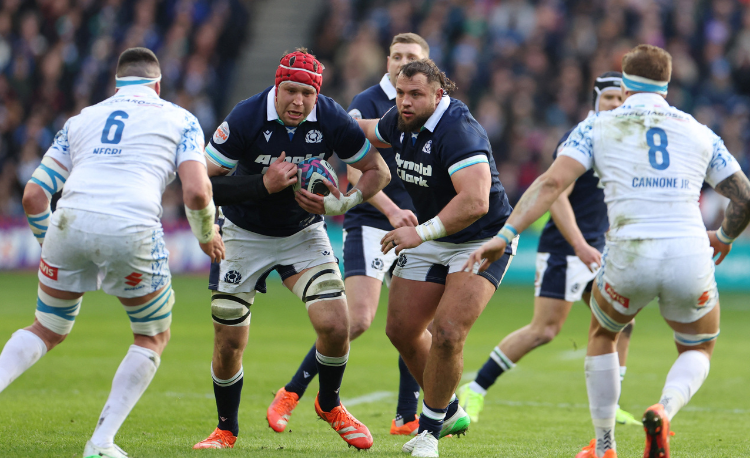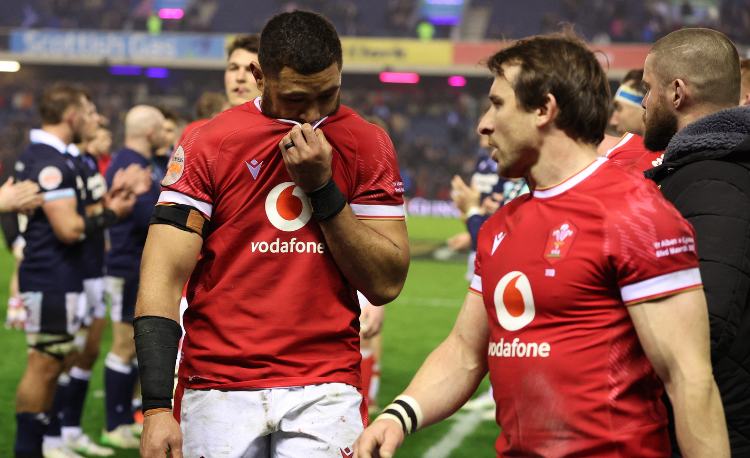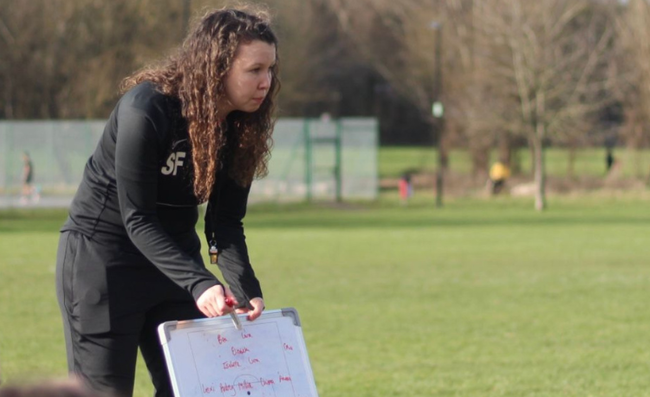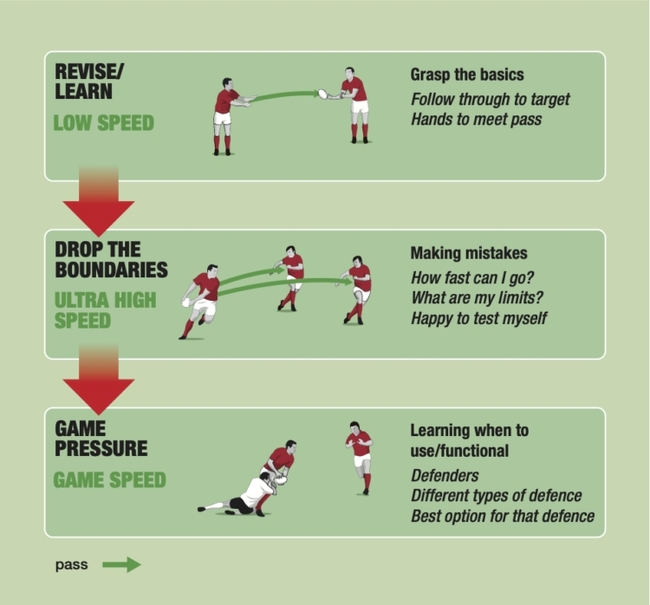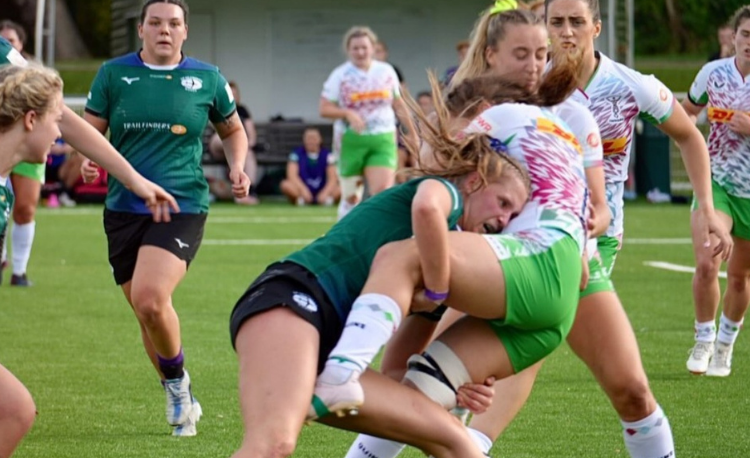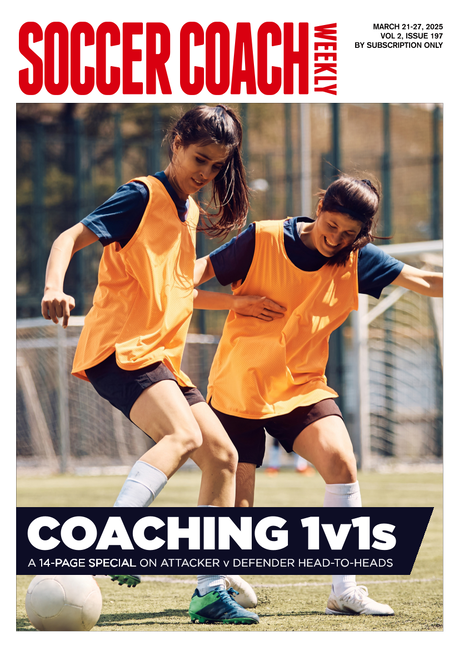Rugby offers countless moments of learning, and my son’s first game of 2025 provided a prime example. Watching him apply a simple yet effective adjustment to his passing reminded me how players develop best—through ownership, problem-solving, and refining their technique over time.
Players will detect their own solutions
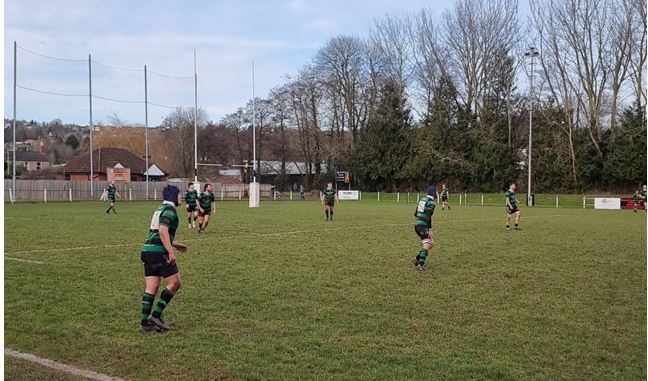
Dan's son (background centre, under the scoreboard) and his team wait for kick off
Catching up with my youngest son’s first game of 2025 was a moment to reflect on both the evolving nature of rugby and the importance of fostering player engagement.
His team played away against Lydney’s second team, and I was impressed by their decision to field genuine second-team players, even though their first team was without a game.
This choice speaks volumes about prioritising player retention.
Dropping regular second-team players to make room for first-team reinforcements could lead them to question their commitment. Instead, this inclusive approach helps keep players invested in the game.
Watching my son’s team develop under a new coach has fascinated me.
Their evolving game plan focuses on playing wider and earlier, but this shift has taken months to bed in. It’s a great reminder that good strategies don’t materialise overnight; they require time, patience, and trust in the process.
I was particularly struck by my son’s passing during this match – it was some of the best I’ve seen from him. Afterwards, he reflected on why this improvement had occurred.
He realised that, previously, many of his passes landed on the receiver’s shoulder. His solution? Focusing on engaging his core and driving his hands towards the new target, which is much further in front of the receiver.
"I need to keep square, so not turn my hips, but create power through turning my core” were his exact words.
It’s evident he’s been practising, and his efforts are paying off.
This highlights a crucial coaching principle: when players have clear objectives, they often find solutions themselves.
My son’s thoughtful self-assessment and adjustment reflect his growth as a student of the game.
As coaches, we must decide when to guide and when to step back, allowing players the space to discover and refine their skills.
Sometimes, the best coaching is knowing when to let players work it out on their own.
Thank you for reading
to enjoy 3 free articles,
our weekly newsletter, and a free coaching e-book
Or if you are already a subscriber, login for full access
Newsletter Sign Up
Coaches Testimonials

Gerald Kearney, Downtown Las Vegas Soccer Club

Paul Butler, Florida, USA

Rick Shields, Springboro, USA

Tony Green, Pierrefonds Titans, Quebec, Canada
Subscribe Today
Be a more effective, more successful rugby coach
In a recent survey 89% of subscribers said Rugby Coach Weekly makes them more confident, 91% said Rugby Coach Weekly makes them a more effective coach and 93% said Rugby Coach Weekly makes them more inspired.
Get Weekly Inspiration
All the latest techniques and approaches
Rugby Coach Weekly offers proven and easy to use rugby drills, coaching sessions, practice plans, small-sided games, warm-ups, training tips and advice.
We've been at the cutting edge of rugby coaching since we launched in 2005, creating resources for the grassroots youth coach, following best practice from around the world and insights from the professional game.


